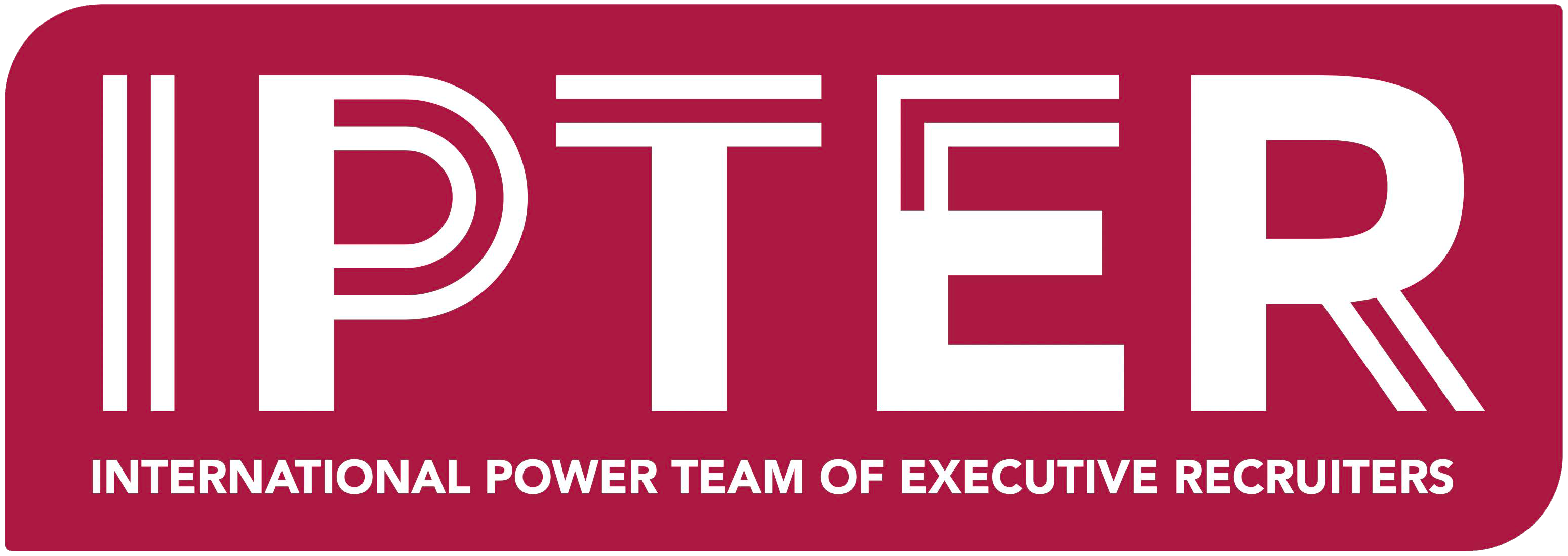
The arduous process of recruiting new talent can be both lengthy and taxing for employers.
From sourcing potential applicants to conducting interviews, filtering out the best candidates
from among them – all in just a few days!
Yet, despite overcoming such hurdles as finding suitable candidates, screening them properly
and expediting the hiring process – we still encounter issues like poor hires, underperforming
employees and low employee morale levels within our workforce.
With a thorough understanding of your company’s requirements and culture and an effective
recruitment strategy, you can streamline the hiring process while maximizing employee
retention rates.
To ensure the best recruitment outcomes, it is crucial to analyze your recruitment process and
identify where improvements can be made. By taking note of these three aspects, you can hire
efficiently and effectively – without compromising quality!
1. Automate the Hiring Process
In some cases, the hiring process may seem tedious – but it only requires a little time or effort.
If you can reduce the process to mainly automated, you will be able to devote more of your
attention to other tasks.
This could result in increased productivity, as well as expedited hiring decisions!
To facilitate an efficient recruiting approach, certain apps have been created that help
organizations automate their hiring process without compromising the quality of hires.
One such application is Jobilla, wherein users can attract “passive candidates” and target the
reach and engage with your ideal candidate(s), all while promoting your brand.
In addition, various software can be used in recruitment, from social media platforms to video
interviewing software. Using these tools, you can significantly reduce the time needed to
conduct interviews and assess candidates.
Furthermore, by using technology, you can keep track of your recruitment progress and
communicate more efficiently with candidates.
2. Create a Job Description
Investing time in crafting a job description is an excellent way to elevate your expectations of
what candidates can bring to the table.
This document should be concise yet comprehensive and outline the skills and experience
required for the position.
As you write, remember that your job descriptions will be used to attract candidates to your
company. Therefore, it is vital that they accurately reflect your needs!
By creating a job description specific to your company and industry, you can eliminate
that only the best candidates are on board!
However, it’s essential not to be so focused on sorting out candidates who aren’t a perfect
match for the company culture or who don’t fit every category on the ideal employee checklist
that you alienate potentially great candidates.
Instead of prioritizing a specific set of skills, background, or experience, focus your recruitment
efforts to find the right person for the job and understanding that people are more than just
a sum of their degrees and previous careers.
3. Streamline your interview process
Interviews can screen potential employees and gauge their interest in working with
your company. However, face-to-face interviews can often be costly, time-consuming, and
disruptive – not to mention ineffective!
Fortunately, technology has made conducting interviews remotely possible. For example, you
can interview potential candidates from across the globe using video or audio-conferencing
software.
This saves you time and money and avoids any potential misunderstandings
or miscommunications.
Unfortunately, at other times, to find that perfect candidate, companies use tools designed to
improve efficiency and accuracy but instead end up losing candidates.
Employing these tactics can be exasperating for candidates:
- Asking candidates to complete endless pre-employment personality tests and
questionnaires. - Asking candidates to submit applications online that duplicate the information on their
resume and then ask them to submit their resume - It is customary to solicit advice from the candidate during a job interview. However,
inquiring about solutions to a particular problem or undertaking a project can be quite
another matter! - Multiple interviews are acceptable; anything more than three is excessive.
Part of the issue with the interview process is that it varies from department to department.
That makes it difficult for organizations to consistently use a standard method in which all
candidates are invited, evaluated, and ultimately accepted or rejected.
During an interview process, it is common for individuals to make errors in asking the wrong
questions, failing to provide a comprehensive description of the corporate culture, or not
reviewing the job requirements and expectations.
To expedite your recruitment process, it is crucial to establish a predefined interview process
(think of asking the same questions and assigning numerical values) and then train interviewers on
those standards and evaluate their efficacy.
Some companies have requested that their most recent hires evaluate their interview
experience. These insights can prove invaluable to further refine and refine recruitment
practices, leading to a notable advantage over your competitors.
In short – one of your organization’s main weaknesses could be turned into its greatest asset!
The key to successful recruitment is crafting a process that empowers you to find the right
(qualified) candidates quickly and easily. Utilize these tips to review and streamline the
recruiting function of your business-and gain top talent!
Do you need help hiring or high-volume recruiting needs? Are you interested in learning more
about recruiting automation? Let’s chat.

